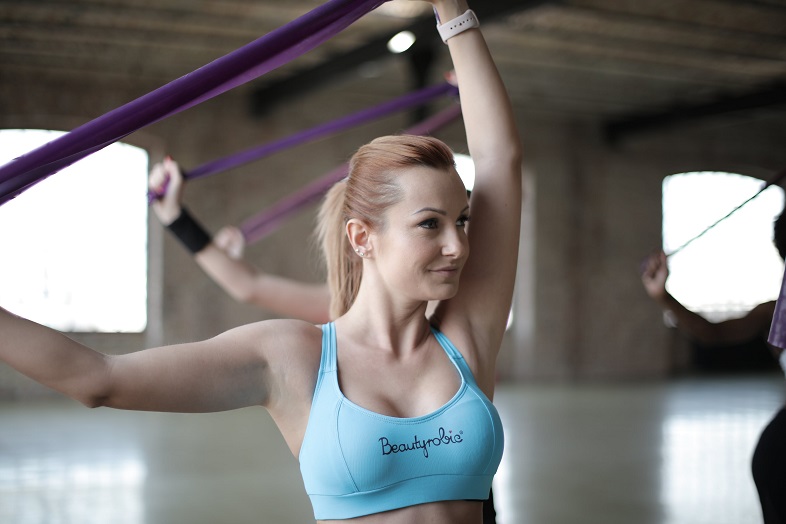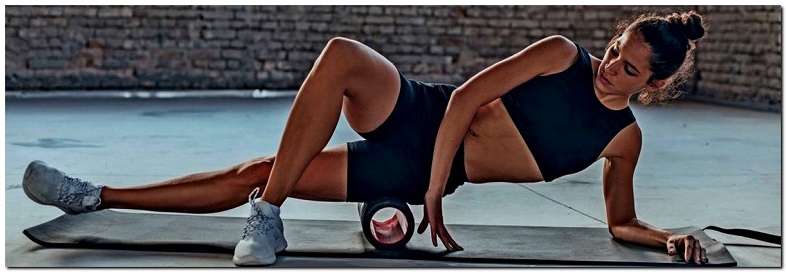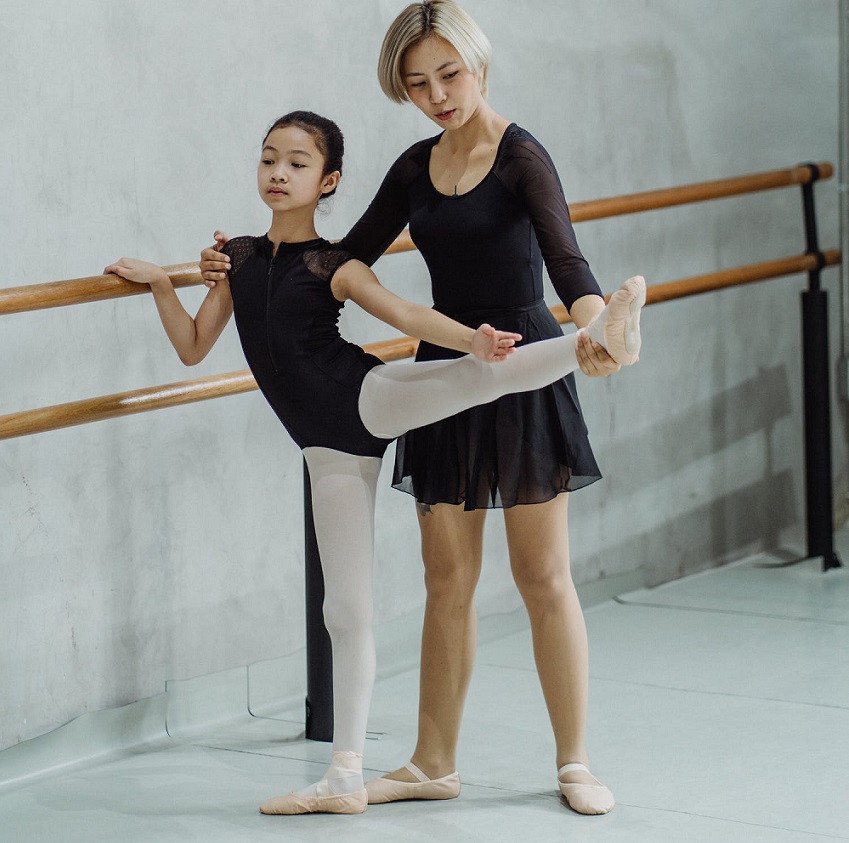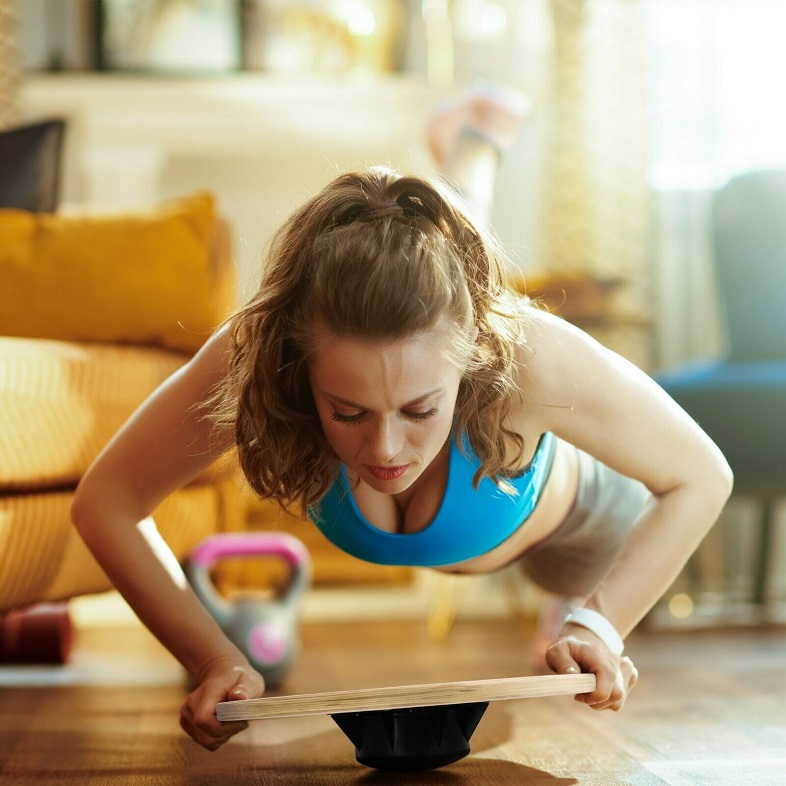Contents
If you’re often pirouetting around your living room or using your kitchen counter as a barre, you might want to consider setting up a dancing studio in your spare room or garage. Creating your own at-home dancing area is a terrific way to get the most out of your dancing routine. While the idea of creating a separate dance area may be overwhelming, there is a range of budget-friendly items you can find in any reliable dance store to introduce to your routine.
For someone who is serious about improving their talents in dancing, mirrors and mats are just the basis of the training equipment required. A few extra pieces of equipment to increase flexibility and protect the feet from potential injuries are always welcome. Continue reading to get to know the tools that can help you with your training.
Footwork and Flexibility
Dancers constantly need a variety of training support in order to enhance and perfect their performance. Whether it’s ballet or jazz, or any other dance alternative, introducing additional training equipment into your routine may significantly improve your technique. Since dancing is such a sophisticated discipline, every aspect is meticulously picked, from choosing the proper dancing outfit to investing in the right workout equipment. Your safest option when looking for these items is to buy from a professional dance store that has a good reputation.
Resistance Bands

Stretching is an essential part of remaining strong yet flexible footwork, and all in order to avoid any injuries during dancing practices. This is one of the cheapest, yet most useful products every dancer should own. With this item, you’ll notice a significant increase in elasticity and expansion of the leg’s range of motion.
Resistance bands are a fantastic way to increase the flexibility and strength of the dancer’s foot. When practising pointe work, the resistance band may be used to correct the shape of your toes and make the muscles a bit stronger in order to avoid toe-curling. As a result, you’ll be able to progress more rapidly in your sessions and focus on other parts of dancing.
Foot Stretchers
Dancers’ feet might lose the flexibility of the arch over time, regular stretching with a good foot stretcher can help you keep that arch strong. The ballet foot stretch is a piece of equipment that aids the dancer’s foot in executing complex ballet moves and positions. Dancers may use the use this for ankle exercises which comes in three different spring resistances, to prevent injuries including sprains, strains, and tendonitis. It will assist you in improving the beauty of your positions and, as a result, progressing with ballet tips. With this item, the foot adjusts and adapts flawlessly so you will quickly become accustomed to your desired position.
Foam Rollers

Several innovative warm-up and stretching techniques are quite popular, notably the use of foam rollers to work out your morning “crunchies.” In fact, it’s difficult to find a dancer these days who isn’t carrying a foam roller under their arm.
Because dancers value their movements, any congested area in the body is perceived as a burden. Some foam rolling can aid in the relief of stiffness, maladaptive movement patterns, and connective tissue knots in the body.
The best way to foam roll is by putting your weight on top of the roller and going back and forth along the muscle’s length. If you notice a particularly tight or sore area, rest there for a few seconds while doing the rocking exercise.
Gel Toe Pads
It’s difficult enough to find the correct pointe shoe. However, as any serious ballet dancer will tell you, this is just half the struggle. The cushioning you wear with your pointe shoes have a significant impact on your ability to stay on your toes pain-free during lessons and rehearsals. While some dancers prefer a lot of padding to prevent the floor’s severe toe pressure, others want as little as possible to allow their feet to move freely, thus the quantity you use is entirely up to you. In general, you should select the lightest pad that provides the required level of comfort.
Many dancers use gel toe pads on their toes since they can aid in the prevention of blisters and other abrasions in dancers the easiest. Gel toe pads protect your toes while allowing you to feel the ground, and they can help ease blister discomfort. It sure is the most budget-friendly addition to your dancing backpack.
Workout Equipment

Ballet dancers require strong core muscles to hoist weights, maintain the torso during jumps, and allow for elegant stretching and bending throughout routines. Dancers also need a lot of flexibility and range of motion, particularly in their backs, hips, and ankles. Implementing a variety of training equipment may be effective in meeting these goals.
Portable Ballet Barre
While this item may be on the pricer side, the portable ballet barre is an excellent investment for any dedicated dancer who wants to practise outside of the studio. The double barre is more used than the single one since it helps you with stretching, port de bras, grand plies, and other exercises. Barre workouts are focused on the form and alignment of the body through low-weight and high-repetition sets, and they help the development of muscles required for the various styles of movement. While movable barres were originally used in ballet classes, they’re now increasingly being employed in fitness training and Pilates instruction.
Balance Board

A balancing board, which can be a wobble board or a rocker board, may assist a dancer in building the core’s strength which results in better balance and control while dancing. Balance exercises help you to adjust to various movements while also improving the strength and stability of your joints. The adjustment movement your body performs in order to stay balanced improves the range of motion and strength in your ankles. The ankles are substantially less likely to be injured as a result of performing these workouts. There are several balance boards to choose from, but ultimately what works best for you is all that matters.

